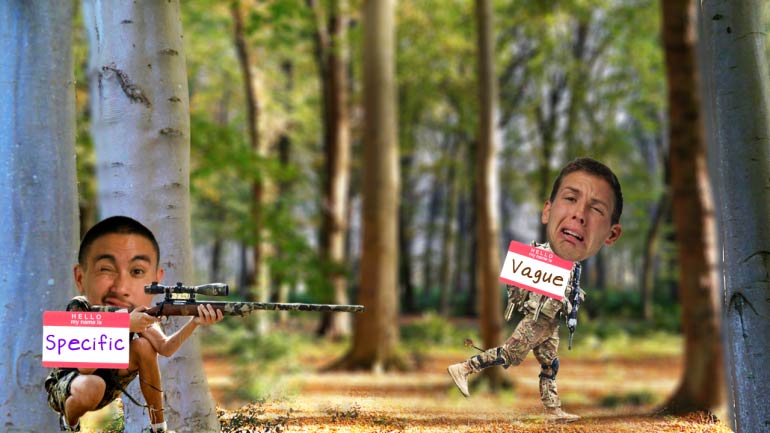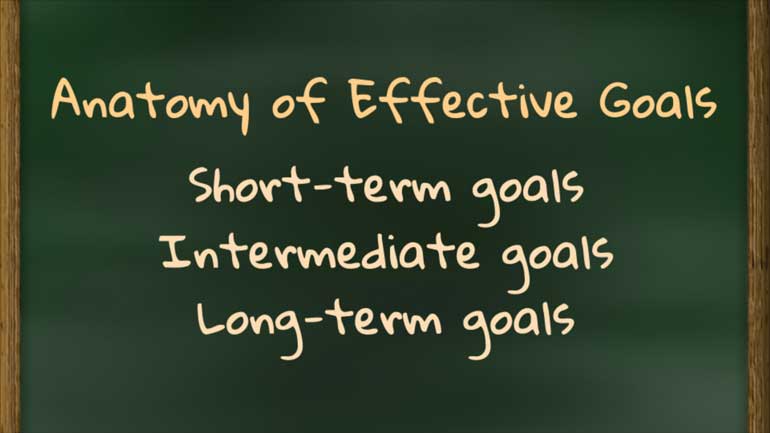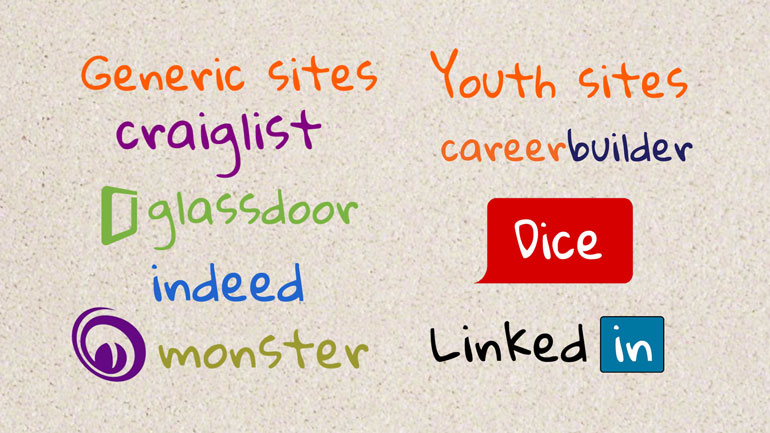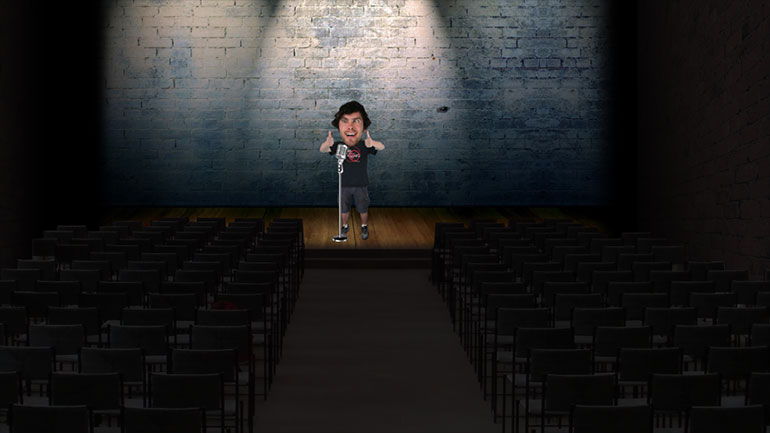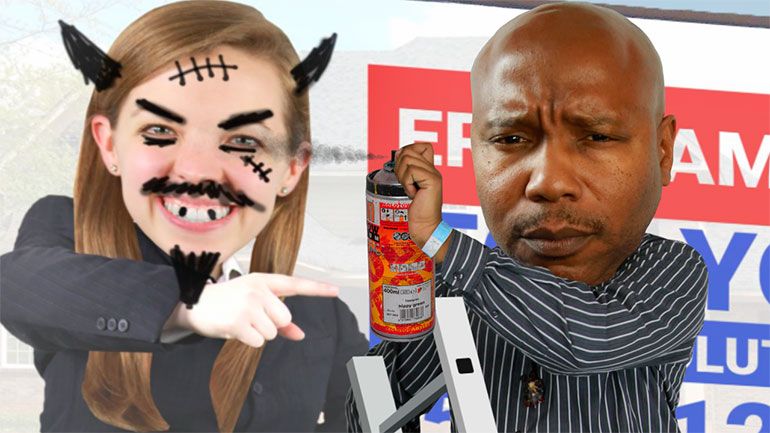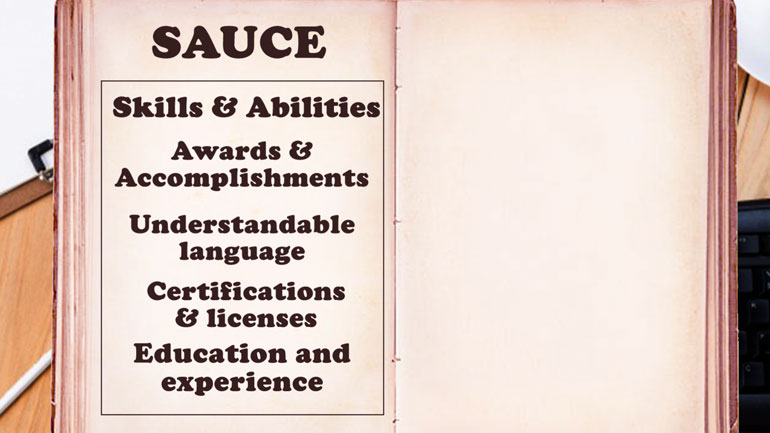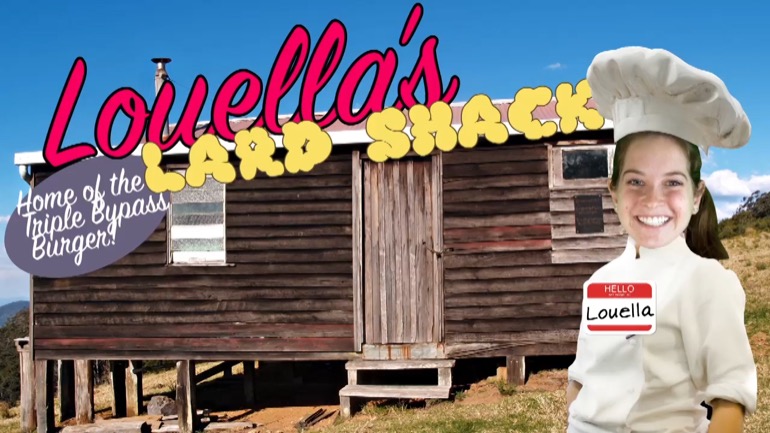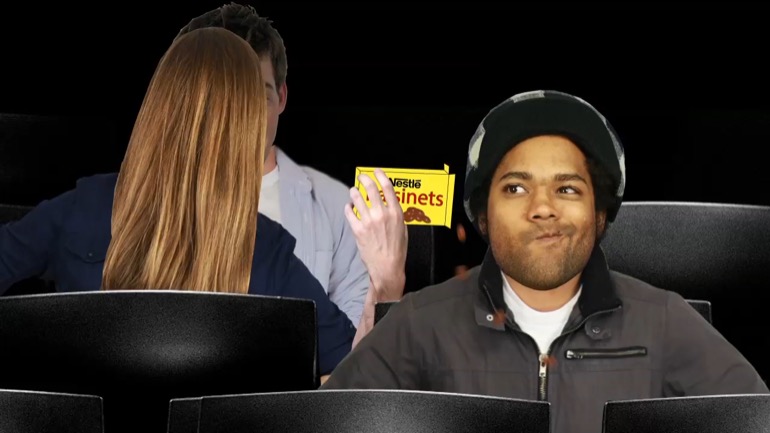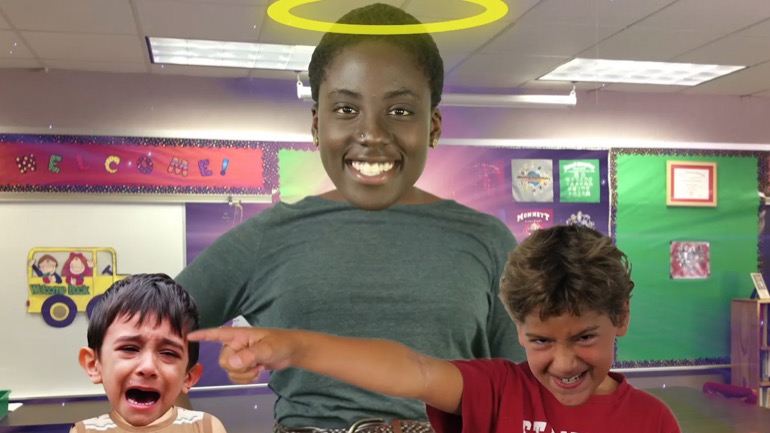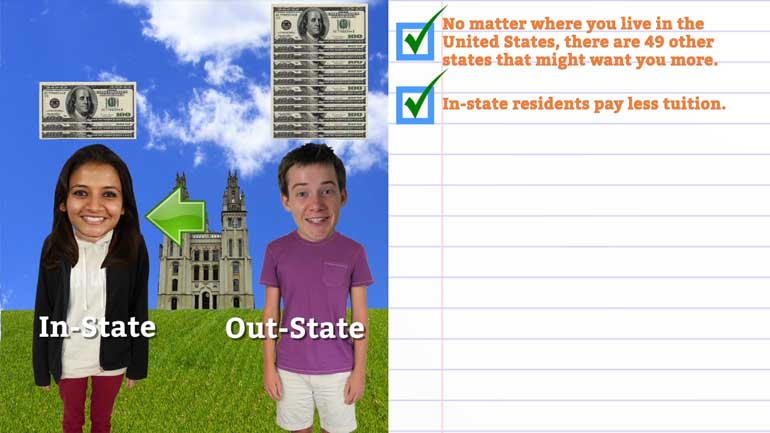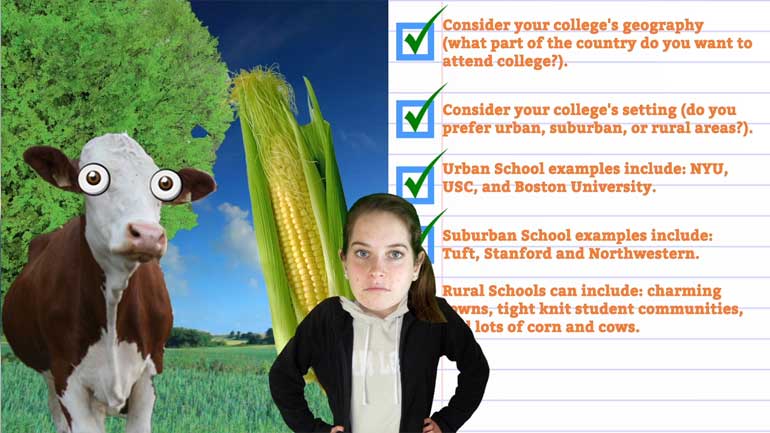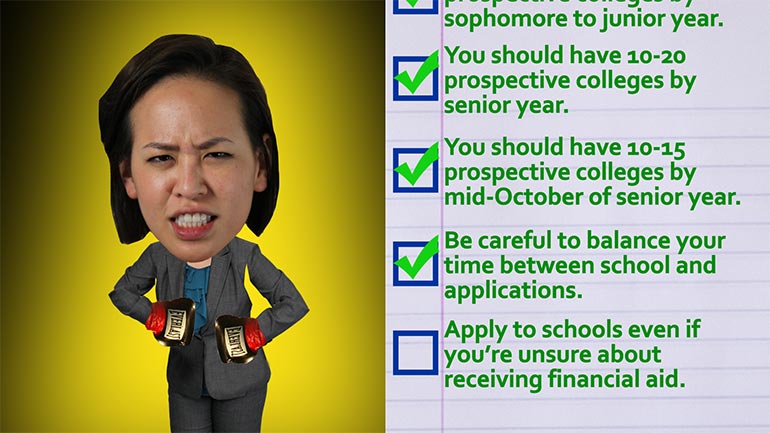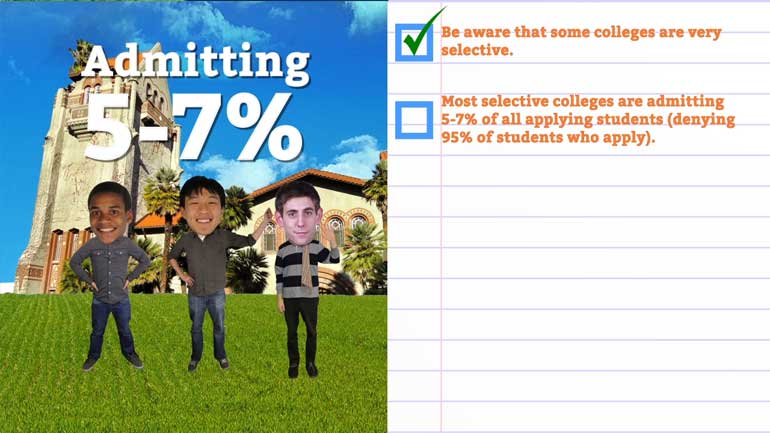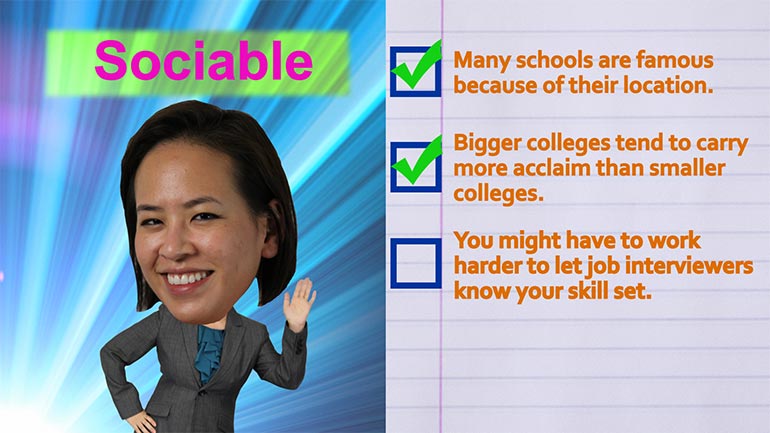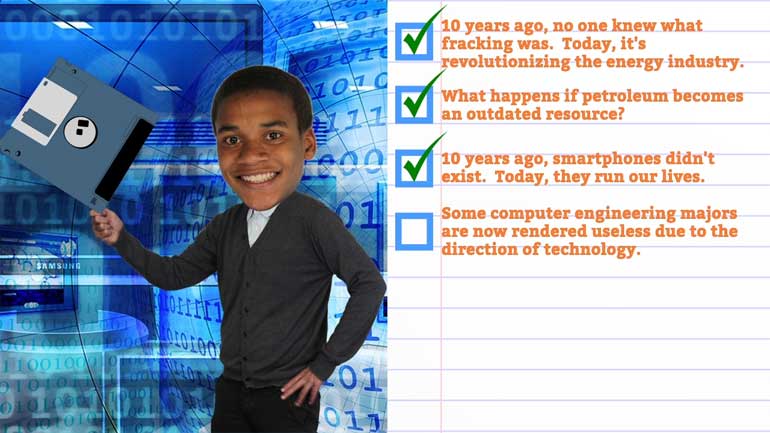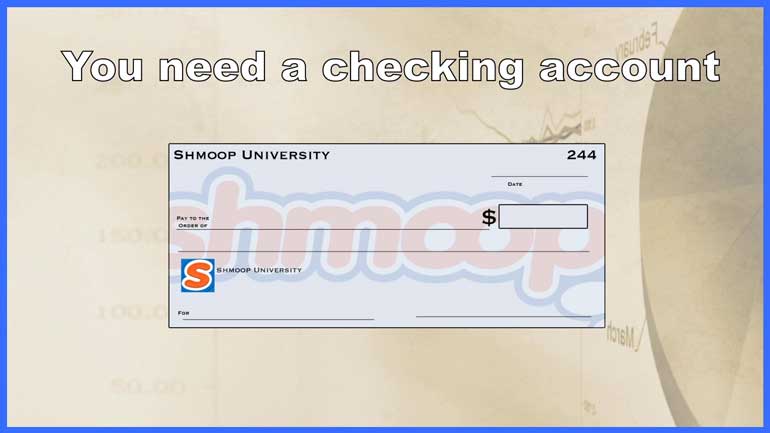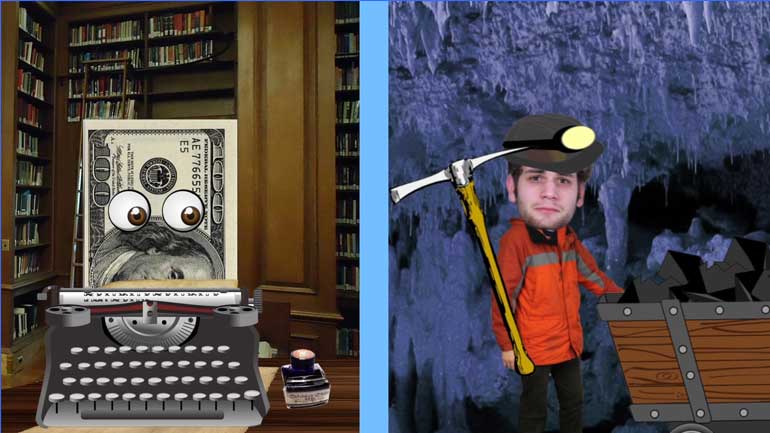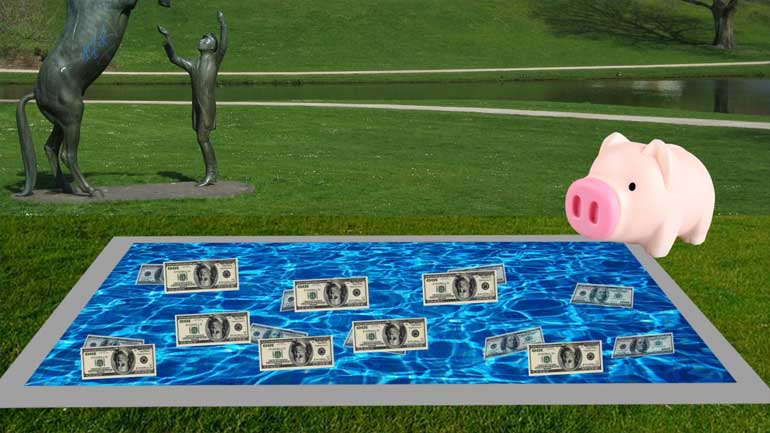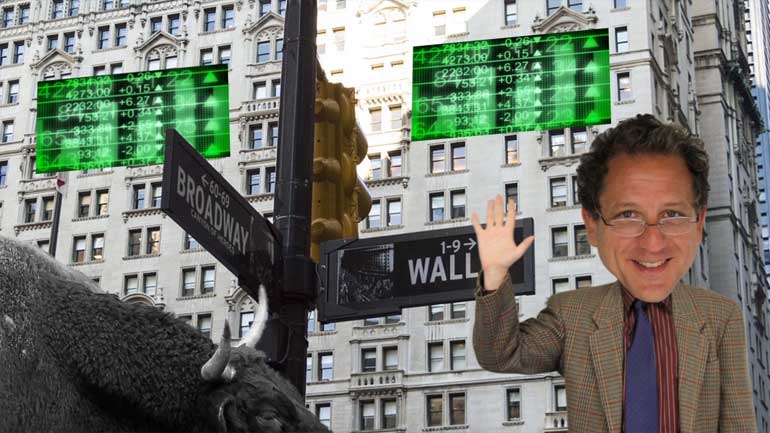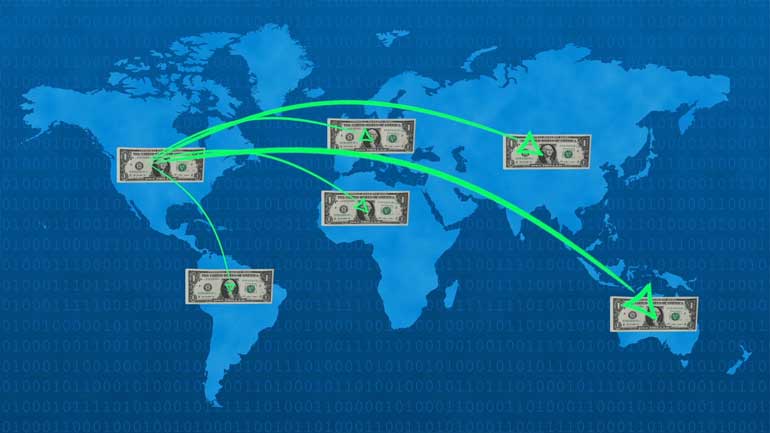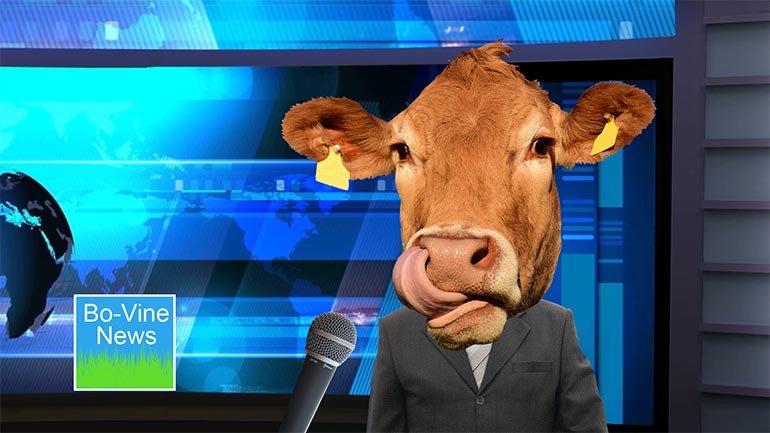ShmoopTube
Where Monty Python meets your 10th grade teacher.
Search Thousands of Shmoop Videos
College and Career Videos 565 videos
Get ready to sing some nonsense words, because today we're taking a look at the University of Redlands. You'll know what we're talking about soon e...
Grab a char-dog and watch out for flaming birds, it's time to take a tour of the University of Chicago. Oh and erm, if you would sign this waiver f...
We're talking about the tasks you'll need to complete before graduating here...not a literal life-threatening maze. Colleges aren't that cruel...
Finance: What is the inverse relationship between interest rates and bond values? 75 Views
Share It!
Description:
The inverse relationship refers to the fact that as interest rates go up, bond prices go down, and vice-versa. Bottom line reason is supply and demand. If more people want to buy a bond, the bond itself can pay less interest and still get sold at a higher price, hence the price goes up as interest goes down. If not enough people are interested, the rate needs to rise and price needs to go lower to entice buyers.
- Social Studies / Finance
- Finance / Financial Responsibility
- College and Career / Personal Finance
- Life Skills / Personal Finance
- Finance / Finance Definitions
- Life Skills / Finance Definitions
- Finance / Personal Finance
- Courses / Finance Concepts
- Subjects / Finance and Economics
- Finance and Economics / Terms and Concepts
- Terms and Concepts / Accounting
- Terms and Concepts / Banking
- Terms and Concepts / Bonds
- Terms and Concepts / Credit
- Terms and Concepts / Derivatives
- Terms and Concepts / Econ
- Terms and Concepts / Insurance
- Terms and Concepts / Investing
- Terms and Concepts / Metrics
- Terms and Concepts / Muni Bonds
- Terms and Concepts / Mutual Funds
- Terms and Concepts / Real Estate
- Terms and Concepts / Retirement
- Terms and Concepts / Trusts and Estates
Transcript
- 00:00
finance a la shmoop what is the inverse relationship between interest rates and
- 00:07
bond values okay people think of Batman hanging [Batman hanging upside down]
- 00:12
upside down not with a date on a Saturday night but you know just as his
- 00:16
normal course of the business so yeah bonds have this same strange inverted
- 00:22
relationship with financial gravity when prevailing interest rates go up like [Bond is sucked up by hoover]
Full Transcript
- 00:27
when the Fed makes the cost of renting money more expensive so it can fight
- 00:32
inflation and other bad guys then the principal values of bonds goes down [Bond values decreases]
- 00:37
think about it this way imagine you just paid a thousand dollars for a piece of
- 00:41
paper from the reputable corporation whoop-dee-doo the world's leading
- 00:45
manufacturer of whoopee cushions anyway whoopty-doo promises to pay you sixty [Whoopee cushions on a conveyor belt]
- 00:50
dollars a year for ten years and then pay you back a thousand bucks all right
- 00:54
a year later however the world's economies take off and a new president
- 00:57
commands that we fight inflation hard so that old people living on fixed incomes [President demanding to fight inflation]
- 01:03
don't get evicted from their homes and have to live in SUV's parked by the side
- 01:07
of the road yeah we don't like that and yeah that happens to old people they
- 01:10
can't afford to take the risk of owning stocks in the stock market so they
- 01:14
generally just own safe bonds and end up being subjected to inflation risk that
- 01:19
is when a government paper that they own is safe and pays bond interest of three
- 01:23
percent pre-tax and two percent after taxed with the world inflating at 3% a
- 01:28
year meaning old people then gradually see the buying power of their savings [Stack of cash disappears]
- 01:32
wither away to nothing and well that's why we fight inflation so the Fed the
- 01:36
thing that controls the price of renting money to banks who then rent the money
- 01:40
to borrowers the Fed then raises the price of renting that money hoping to
- 01:44
bring down inflation well that price hike then makes the cost of renting [example of renting money]
- 01:48
money for a corporation way higher that higher price of renting money is
- 01:52
collateral damage from the bonds the government is setting off to fight the [Explosion occurs in the distance]
- 01:56
war on inflation all right so back to whoopty-doo paper now with the federal
- 01:59
fund rate hikes the cost of renting money is more expensive, the company
- 02:04
thought they could get away with paying 6% rent on the money they wanted to
- 02:07
spend on their whoopee stamping Factory but now the cost of renting that money [Whoope cushion with 6% old cost of rent]
- 02:11
is 8% and those 2% difference points are a big deal on a
- 02:15
hundred million bucks two million a year is meaningful to a company with a
- 02:19
volatile product so now think about it from the perspective of all the
- 02:23
people who bought six percent corporate bonds of similar risk and duration as
- 02:27
the ones whoop-dee-doo was gonna sell ie apples to apples in all respects except [Girl holding two whoopee cushions]
- 02:31
the interest rate well almost overnight the rate of return on those bonds looks
- 02:35
anemic at best those old crappy six percent bonds now
- 02:40
need to yield a sexy eight percent to be competitive with the new or current
- 02:45
market environment well who would want to own those old six percent low
- 02:49
yielding bonds which should now yield eight percent answer nobody.. The six
- 02:54
percent paper sells off or sells down as people sell their bonds until that six
- 02:59
percent of yield equals eight percent a year yield more specifically previous [Old and New environment annual yield]
- 03:04
investors had paid a thousand bucks for 60 bucks a year in yield well now that
- 03:08
yield has to be $80 to match the new environment as set by the Fed and the
- 03:13
marketplace so the mathy question here is what price
- 03:16
must the bond be selling at the one which originally sold for $1000 par that
- 03:21
gave 6% yield so that that bond now gives 8 percent yield....
- 03:26
well the price has to go down so that the $60 of yield or something let's call
- 03:32
it cleverly...X equals $80 over a thousand or 8% so that's 60 over x equals .08[Maths formula for new bond price]
- 03:40
or 60 equals 0.08X or by dividing both sides by 0.08 you get 750
- 03:47
yeah which is the new price of the bond after the feds rate hike cost corporate
- 03:52
bond rates to go from 6% to 8% got it we following here people the yield on that [Man discussing bond rates]
- 03:57
old thousand-dollar par bond which was 6% when it was issued is now 8% because
- 04:02
the market price of a thousand bucks a unit that investors were paying for that
- 04:06
bond has fallen such that the bond at 750 a unit paying 60 bucks a year now
- 04:11
yields 8% so it should make sense that bond values would fall something
- 04:16
equivalent to that number it's like a teeter-totter so that when rates are [See-saw of rates and par value]
- 04:20
high par value of old bonds are low and vice versa that teeter-totter thing, everyone
- 04:26
uses that as an example we waited until this part in the the video to regale you with it..
- 04:30
and key self-awareness issue for you nervous Nellie investors you don't [Man is nervous and masked man points gun at him]
- 04:34
have to sell the bond at this price by the way you could just hold that six
- 04:39
percent formally yielding bond for the remaining nine years get your grand and [Man holding stack of dollars]
- 04:43
move on you still will have made six percent a year on your thousand dollar
- 04:47
investment which is good just not as good is that juicy eight percent you
- 04:51
could have gotten okay if all that hasn't confused you enough let's add one
- 04:54
more degree of difficulty here just keep the Bulgarian judge evaluating us happy [Bulgarian judge smiling]
- 04:59
because you know he lives in Bulgaria, so yeah well hidden in those numbers is the
- 05:04
fact that a buyer who would pay 750 bucks for your bond would also get the
- 05:09
250 bucks of appreciation on the bond over nine years to then get paid back
- 05:13
their principal so in real life the bond wouldn't fall fully to 750 there would
- 05:18
be some recognition of the roughly 250 divided by 9 which equals $28 ish a year
- 05:25
in extra financial return on top of the interest and oh by the way that
- 05:30
appreciation would be taxed each year as it appreciated in value so what happens [Man discussing bond value + recognition]
- 05:35
if things go the other way well yeah the bond yields continue to fall and that 60
- 05:40
bucks a year you paid a grand for has prevailing similar risk bond selling at
- 05:44
4% like what happens if inflation goes the other way while the value of your
- 05:49
fat yielding bond would go up right the markets only paying 40 bucks a year to
- 05:54
rent that brand and you have this awesome piece of paper that pays 60
- 05:57
bucks a year so the value of your paper would be bid up in that setting right [Man points to the ceiling]
- 06:01
60 over a thousand gave you 6% of your return when you
- 06:05
bought the bond but now the prevailing rates are 4% not six so the value of
- 06:09
your once $1000 value bond must change it becomes X unknown, mysterious yes like [Bond becomes X and Batman appears]
- 06:15
Batman so 60 over X must now equal 4% we multiply both sides by X to get it out
- 06:21
of the denominator and you have 60 equals 0.04X then you divide
- 06:26
both sides by 0.04 and 60 over 0.04 is 1500 so yes in that short window of
- 06:31
one year when interest rates fell from 6%to 4% your bonds value skyrocketed like [Bond value rocket launching into the air]
- 06:36
Manhattan Batman building from a grand to being
- 06:40
up 50% to 1500 bucks you know sorta remember that now this big premium
- 06:46
slowly fades away over time you're only gonna get back that original par value
- 06:51
thousand dollars when the bond matures it's over the next nine years that five
- 06:55
hundred bucks in premium will slowly decline at about fifty five bucks a year [Premium declining in value]
- 06:59
there abouts so in real life the bonds value wouldn't actually hit 1500
- 07:02
it would do well just not that well and yes what a roller coaster [Man sitting on a rollercoaster]
- 07:05
it's been riding that bond investment brought to the highest of heights when
- 07:08
interest rates go down only for the bond value to plummet back down and once [Bond value increasing and decreasing par value]
- 07:12
interest rates jump again so the lesson ...I'm not sure that's your job all we
- 07:17
know is in this poor shmucks case it'll be best to pick a ride with a you must
- 07:21
be too tall to enter sign [Man approaches rollercoaster and reads must be too tall to enter sign]
Related Videos
GED Social Studies 1.1 Civics and Government
What is bankruptcy? Deadbeats who can't pay their bills declare bankruptcy. Either they borrowed too much money, or the business fell apart. They t...
What's a dividend? At will, the board of directors can pay a dividend on common stock. Usually, that payout is some percentage less than 100 of ear...
How are risk and reward related? Take more risk, expect more reward. A lottery ticket might be worth a billion dollars, but if the odds are one in...



